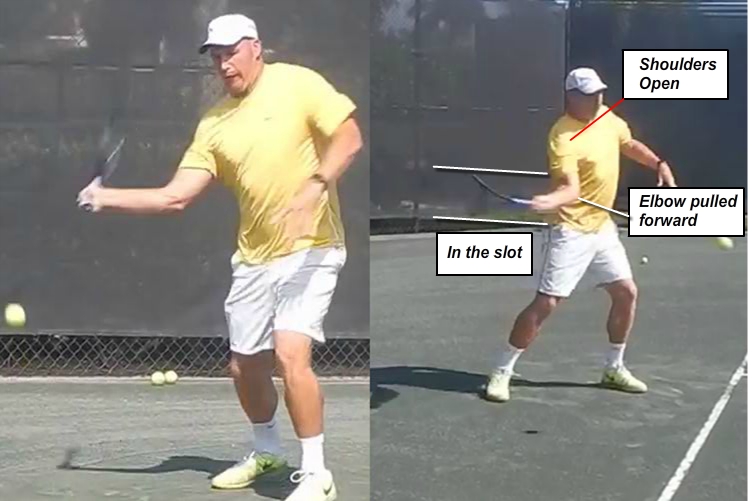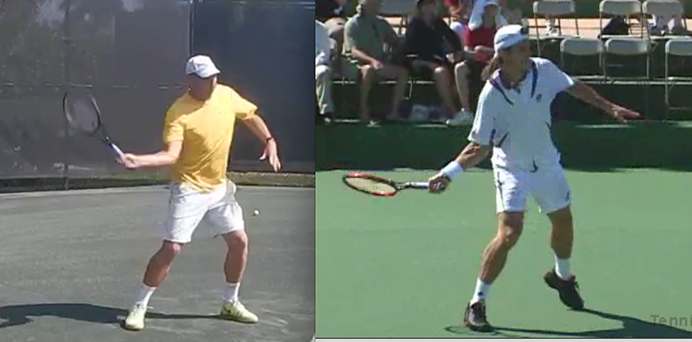Originally posted by tennis_chiro
View Post
I appreciate your observations, time and thoughts. Happy you are able to add to the thread as I know you are full of ideas, opinions and experience.
First and foremost, I'm glad you're a genius to figure it out because I don't get any of the physics calculations/numbers. Not the best math student

Great information about getting below the ball. I'm well aware of its importance but have the fear in back of my mind that if I start brushing up and through the ball it becomes too loopy and I'll lose the pace and penetration. Is there a spectrum for how much topspin is necessary for players of certain heights? A range of correctness if you will for how much spin I can possibly hit while still maintaining aggression and driving through the shot. It's all degrees and vectors and angle of approach I'm sure but taller players can get away with less, no? If I was 5'6" instead of 6'6" would I have these issues? Probably not.
I love the fact you mention your article on timing and feel. It's actually one of my favorites and I reference it often. Maybe instead of referencing it to my friends and students I should start following it. To be honest, I thought I was. I really do feel like I feel the racquet head and certainly much more than many of my contemporaries. My timing is there as it has to be to hit the ball like I do, no?
I do have the wrist assist at my club and have used it on myself and my students. Using it, I still hit the ball "flat". I really like to push my shoulder into the shot when I should probably use my legs and hips. They are very strong and those are my moneymakers after all.

At the end of the day, it's about getting my racquet head below the ball. When I'm playing points and pushed back with more time I can manage it but in a neutral position or given any time I step up, in and like to slug it.
Seeing my strokes on video is an eye opening experience and creates so many more questions. I love it.
Kyle LaCroix USPTA
Boca Raton


 .
. 




Comment